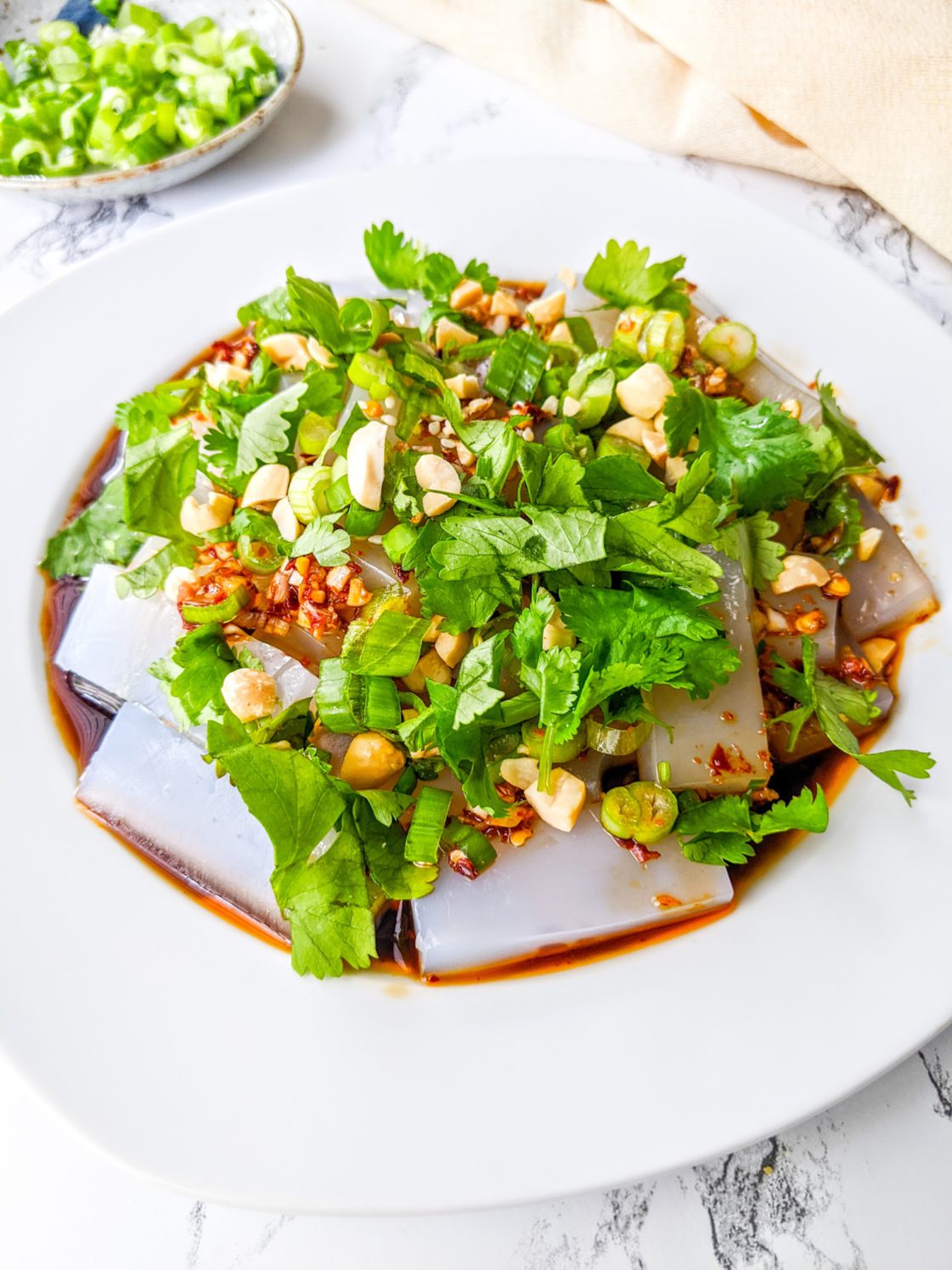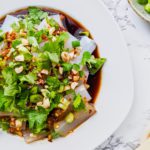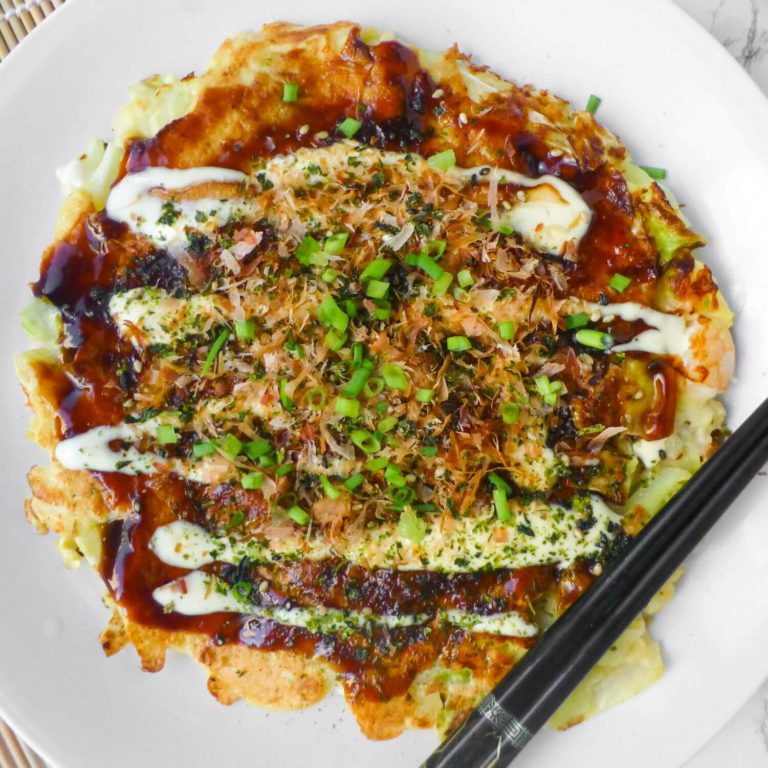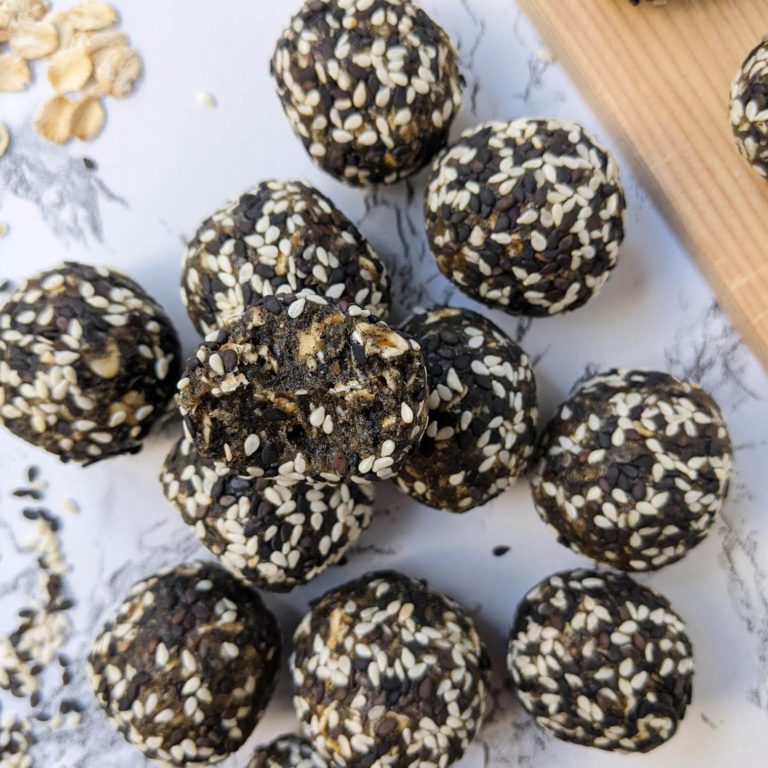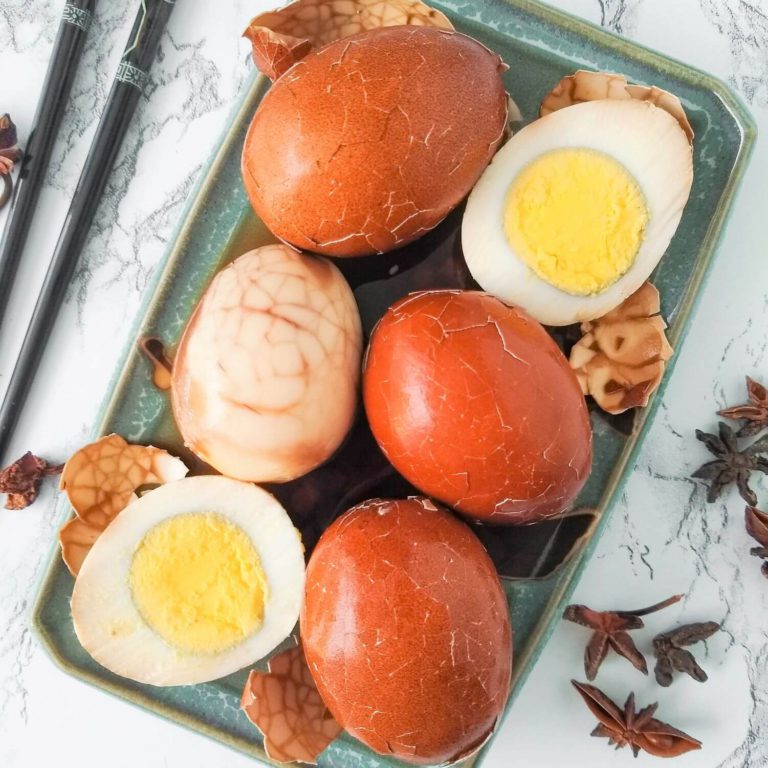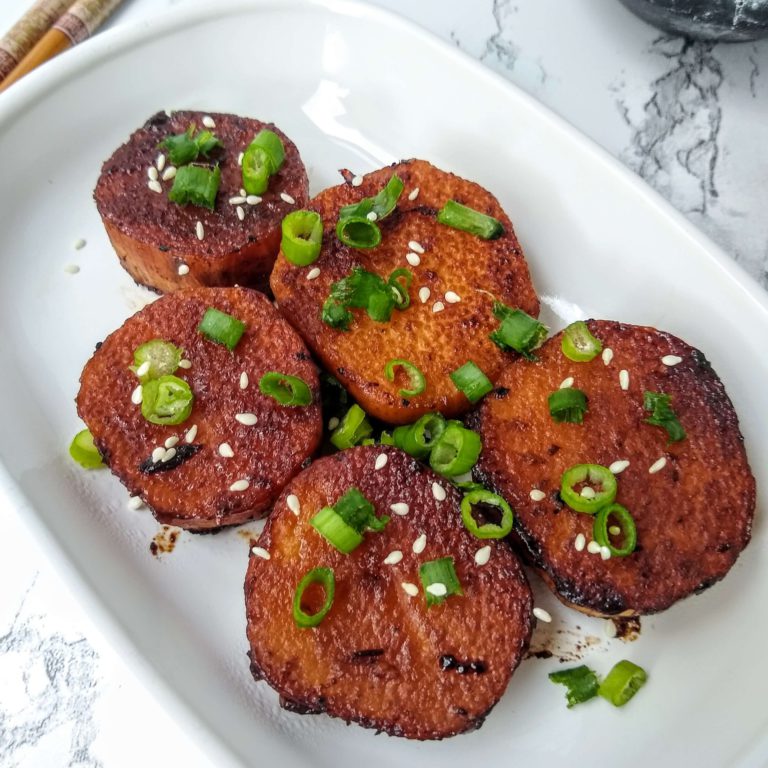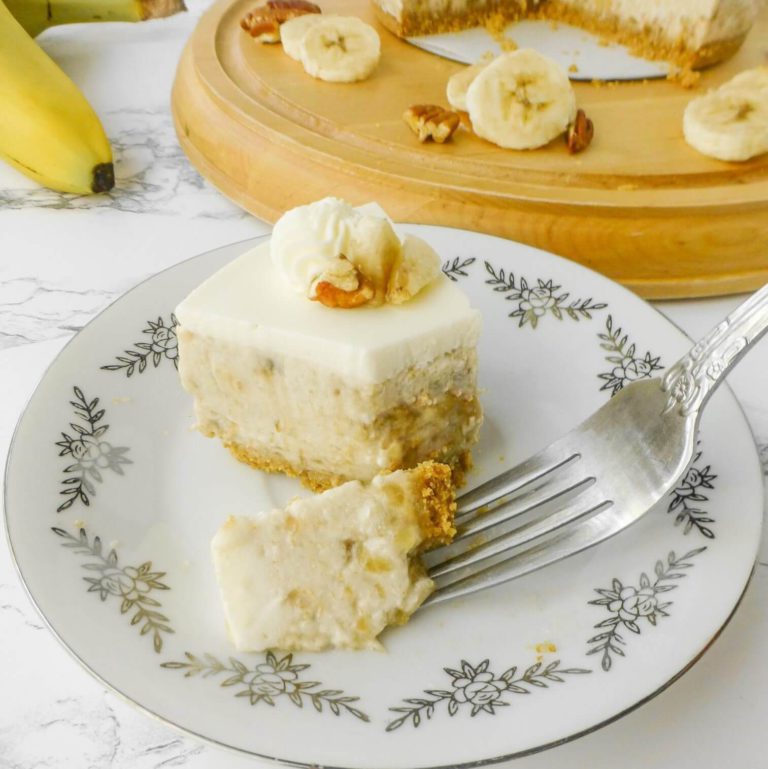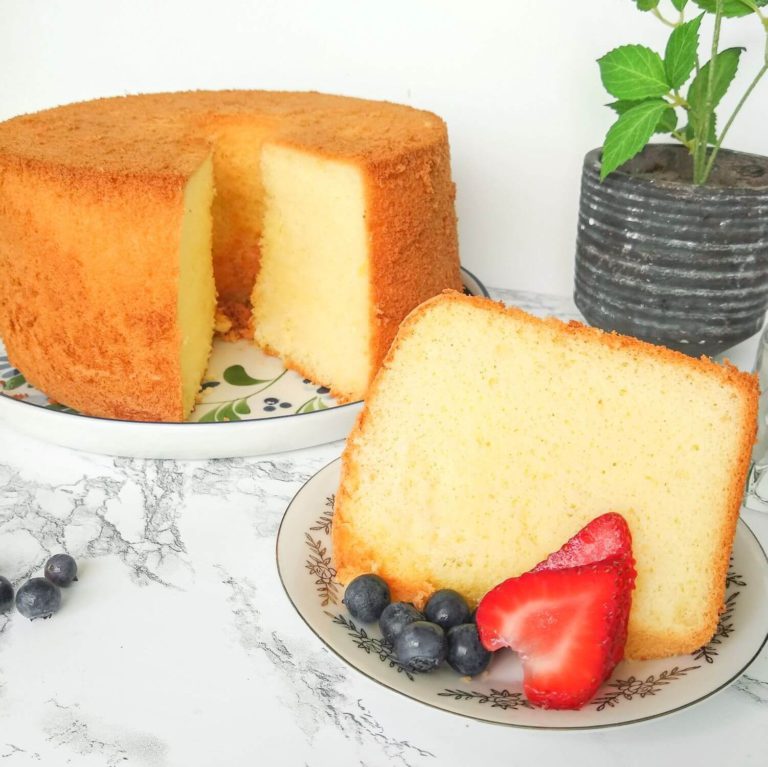Liang Fen (涼粉), Chinese Mung Bean Jelly
This salty and spicy dish is garnished with fresh, crunchy toppings! Liang fen, served cold, has a unique jelly texture that is perfect for enjoying during warmer weather.
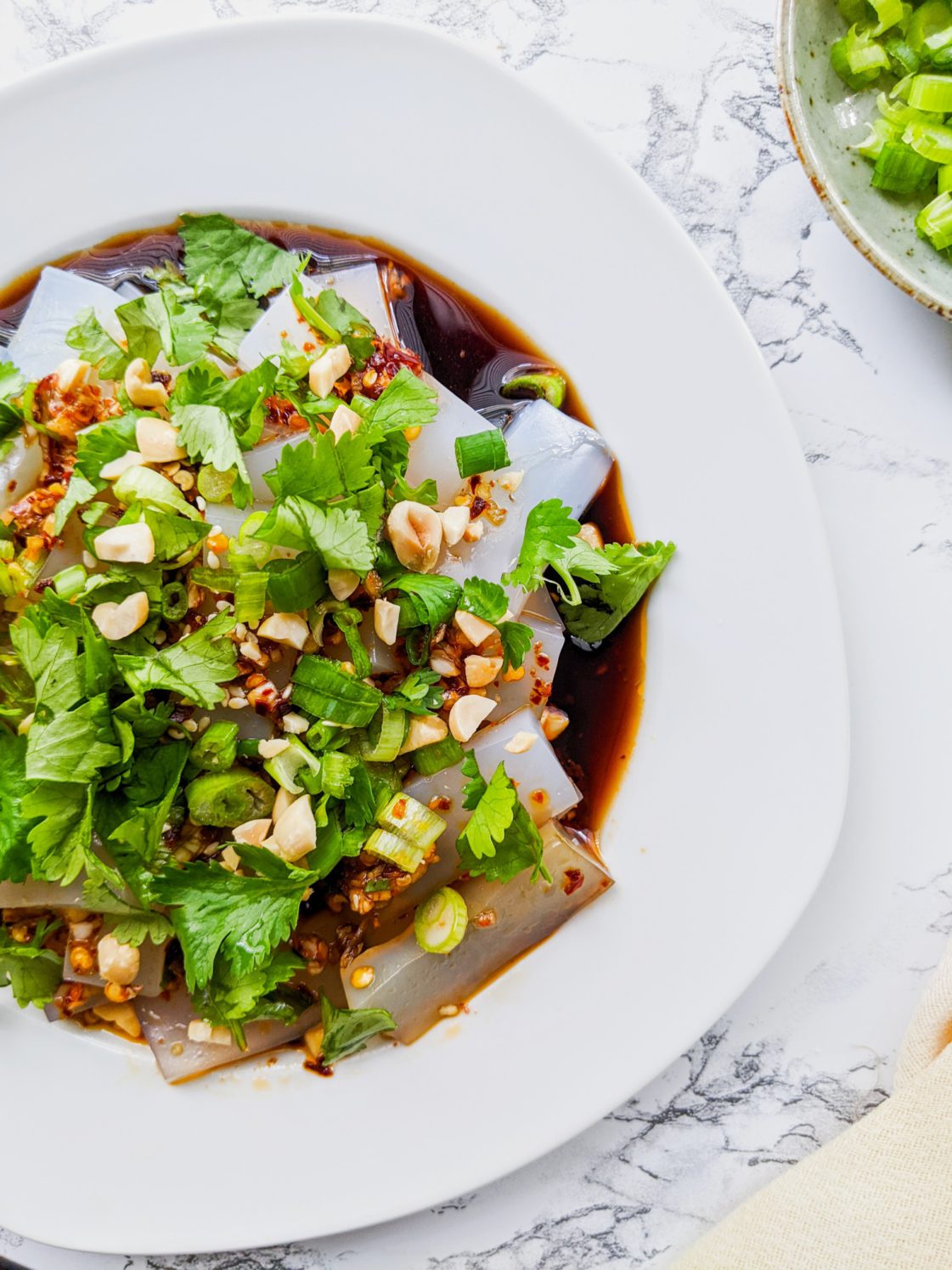
Liang fen (涼粉) is one of many unique cold Chinese dishes, such as liang pi. It is a popular choice during hot summer days. It is commonly enjoyed in Northern China and generally uses mung bean starch to create gelatinous/jelly-like noodles. To make this simple dish, the mung bean starch is cooked in water until gelatinous. Then, it is cut into a wide variety of shapes, including noodles, thick rectangular strips (as shown here), or small cubes. The mung bean jelly noodles are then mixed in a salty, spicy sauce and topped with garnished for a light, refreshing, and healthy meal.
Buying Mung Bean Starch
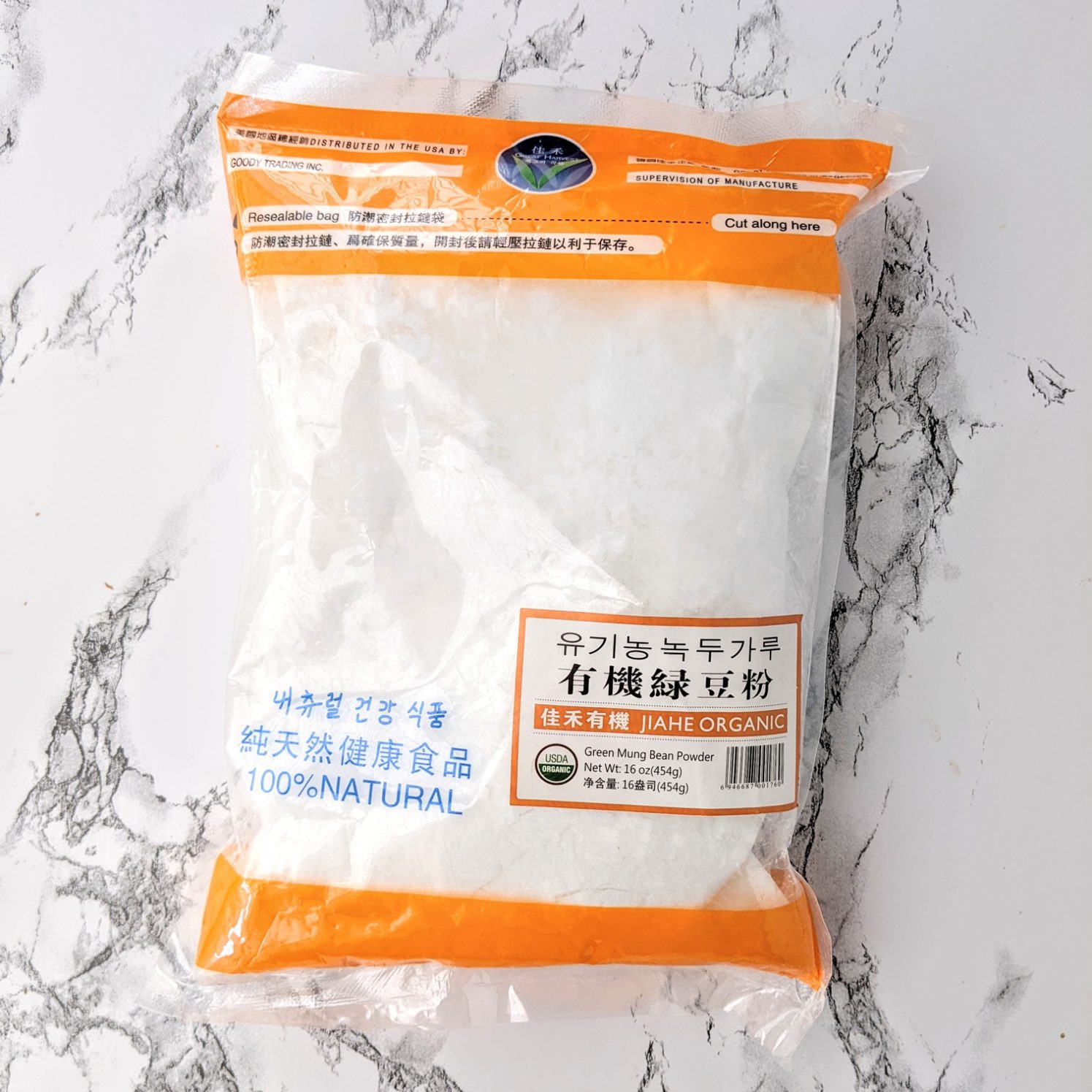
Traditionally, mung bean starch is used for the jelly. You should be able to find this ingredient in your local Asian grocer in the same section as rice flour. Sometimes it is also called green bean starch. However, if you cannot source this ingredient, pea starch or potato starch can be substituted for it as well.
Recipe Notes
- Simmering vs. Boiling Water: Some recipes have the water brought up to a boil to cook the starch slurry. I found that boiling the water causes the slurry to thicken much quicker, making it harder to handle. This also causes air bubbles to get trapped in the jelly. If your water is right under a simmer, it will be hot enough to gelatinize the starch and will result in a smooth jelly.
- Starch Slurry: Make sure the starch water is completely smooth/lump-free. Once it is, add it immediately to the pot. This prevents clumps of unmixed starch from forming.
- Special Noodle Grater: A special tool is used to make the noodle shape. It is similar to a cheese grater but is a small, circular grater with a handle. To make the noodles, swipe the grater across the surface of the hardened jelly in one motion to create long noodles. You should be able to use any handheld grater or buy the special grater online.
- Other toppings: In addition to the ingredients that I’ve listed as potential garnishes, you could also experiment with adding sesame paste, carrots, chopped fresh chili, etc.
Liang Fen (涼粉), Chinese Mung Bean Jelly
Ingredients
Mung Bean Jelly
- 65 g mung bean starch 1/2 cup (or potato / pea starch)
- 120 mL water 1/2 cup
- 600 mL water 2.5 cups
Sauce
- 2 cloves garlic finely minced
- 2 tbsp soy sauce
- 1 tbsp black rice vinegar
- 1 tbsp sesame oil
- chili oil to taste
Toppings
- sesame seeds
- cilantro chopped
- green onion sliced
- toasted peanuts chopped
- cucumber julienned
Instructions
- Bring the 2.5 cups of water to a simmer in a large pot. Lower the heat so that just a few small bubbles are bubbling on the bottom of the pot (just under a simmer). **Note 1
- Mix the starch and 1/2 cup of water together in a separate bowl until completely smooth.
- Gradually add the starch water to the pot, mixing swiftly to combine. **Note 2
- Continue to gently stir and cook the mixture on medium-low until it has thickened into a uniform paste and is translucent (roughly a few minutes). See photos below for reference.
- Transfer to a container to cool. Store the jelly in the fridge for a few hours to solidify completely.
- Unmold the jelly and cut into your desired shape(s) (e.g. cubes, thick strips, or noodles, **Note 3 for noodles).
- Mix the sauce ingredients together and pour over the jelly.
- Top with your desired garnish(es). Serve immediately!
Notes
- Some recipes have the water brought up to a boil to cook the starch slurry. I found that boiling the water causes the slurry to thicken much quicker, making it harder to handle. If your water is right under a simmer, it will be hot enough to gelatinize the starch.
- Make sure the starch water is completely smooth/lump-free. Once it is, add it immediately to the pot. This prevents clumps of unmixed starch from forming.
- There is a special tool that is used often to make the noodle shape. It is similar to a cheese grater, but is a small, circular kitchen gadget. To make the noodles, swipe the grater across the surface of the hardened jelly in a long motion to create long noodles. You should be able to source this tool online if you are interested.
How to Make Liang Fen
Bring the 2.5 cups of water to a simmer in a large pot. Lower the heat so that just a few small bubbles are bubbling on the bottom of the pot (just under a simmer).
Mix the starch and 1/2 cup of water together in a separate bowl until completely smooth.
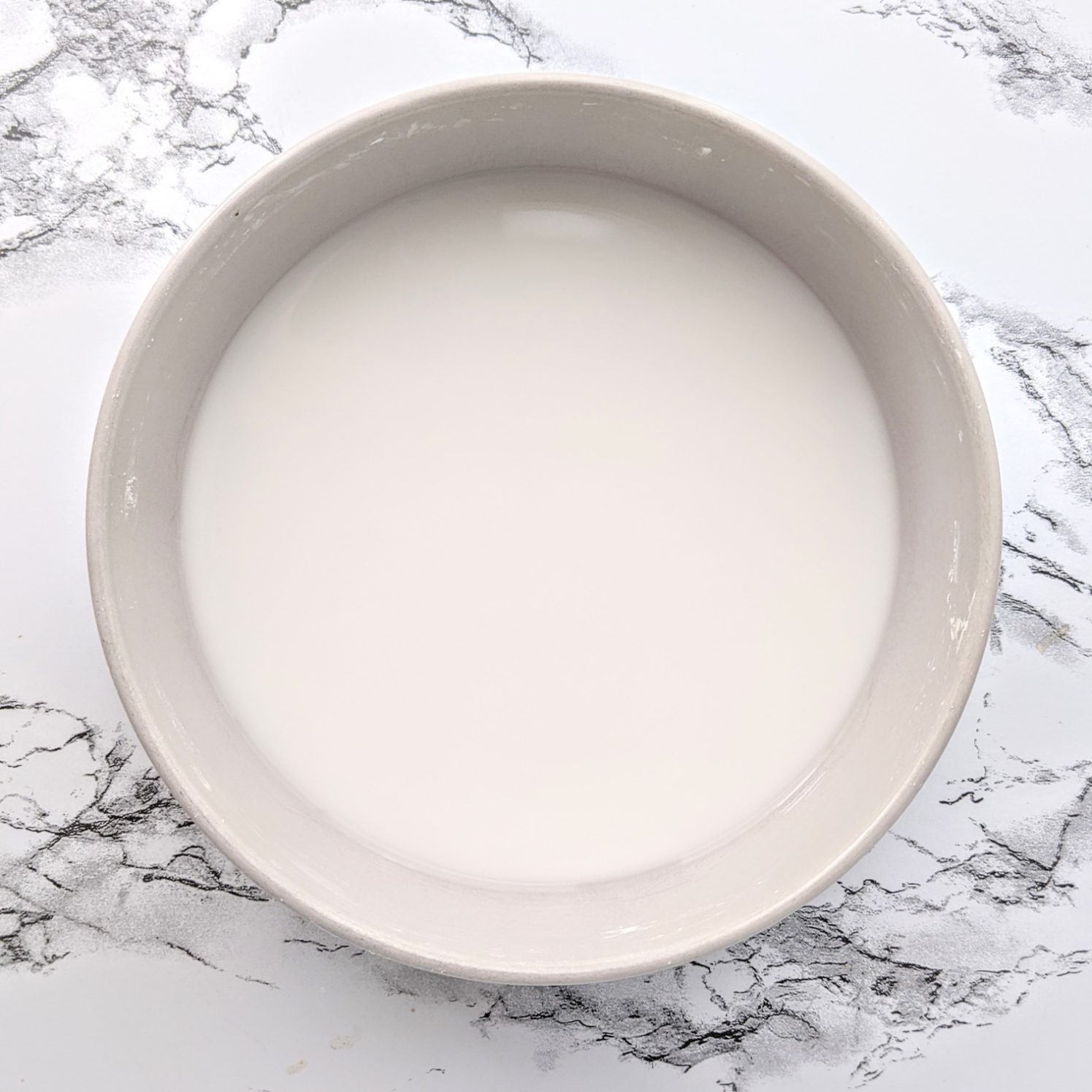
Gradually add the starch water to the pot, mixing swiftly to combine.
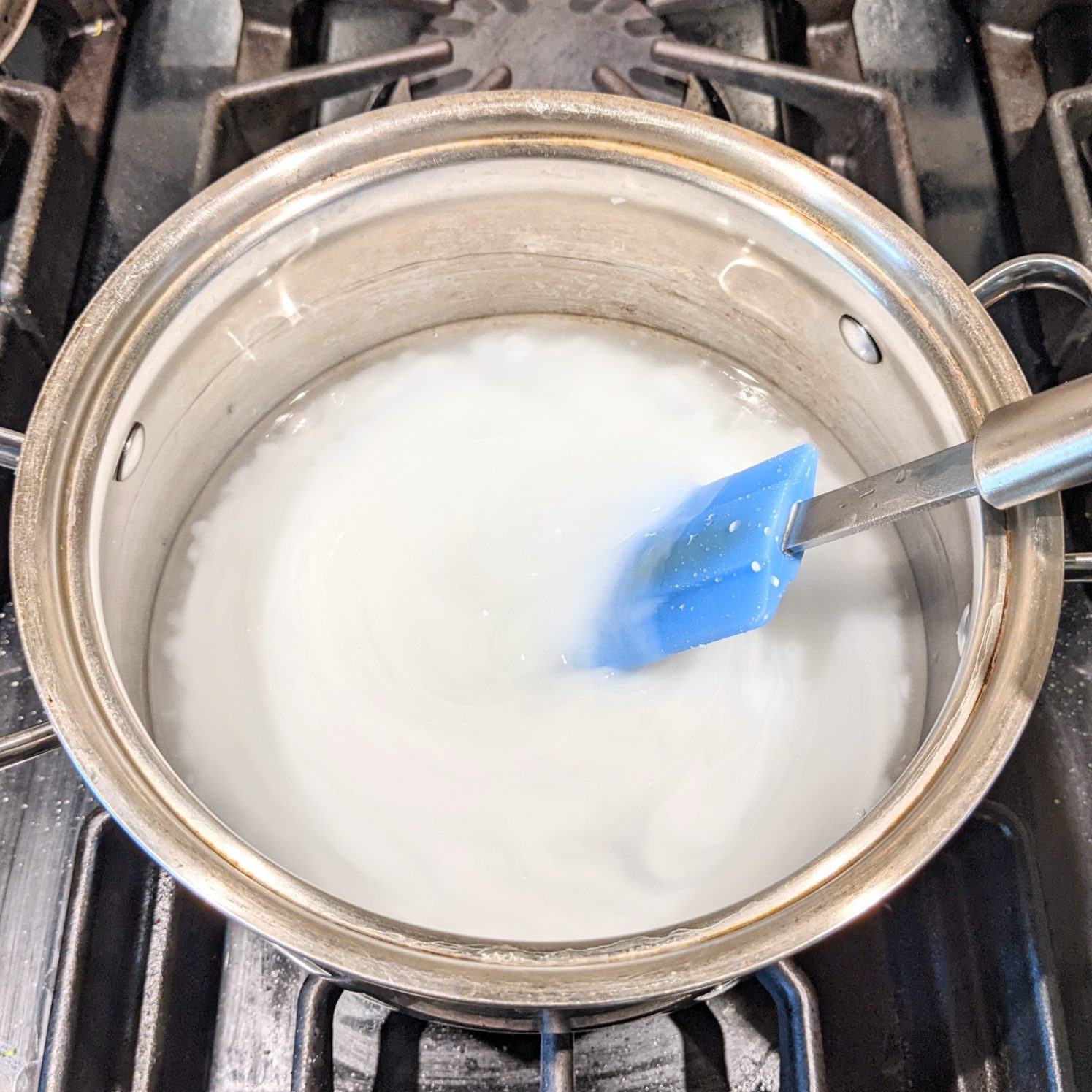
Continue to gently stir and cook the mixture on medium-low until it has thickened into a uniform paste and is translucent (roughly a few minutes).
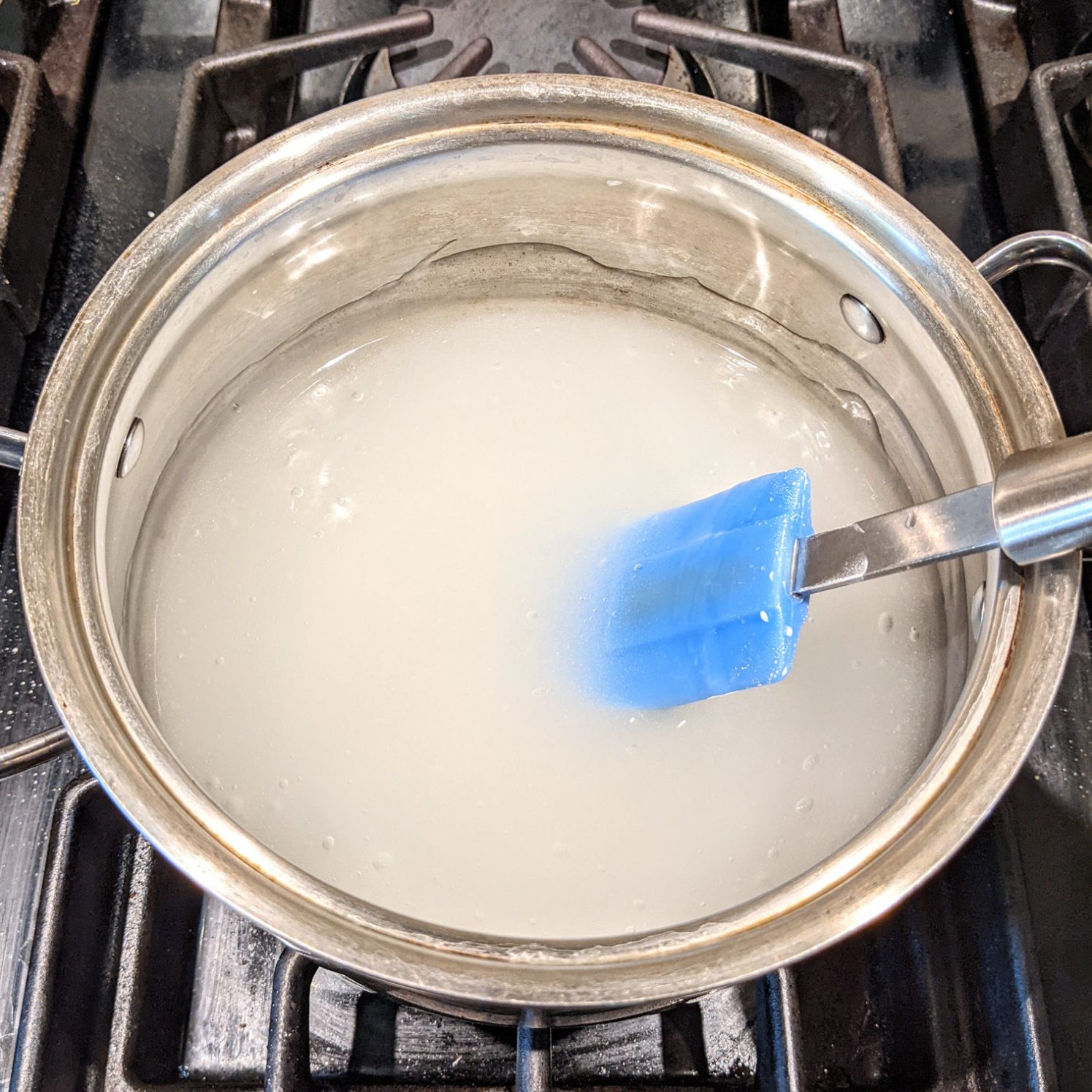
Transfer to a container to cool. Store the jelly in the fridge for a few hours to solidify completely.
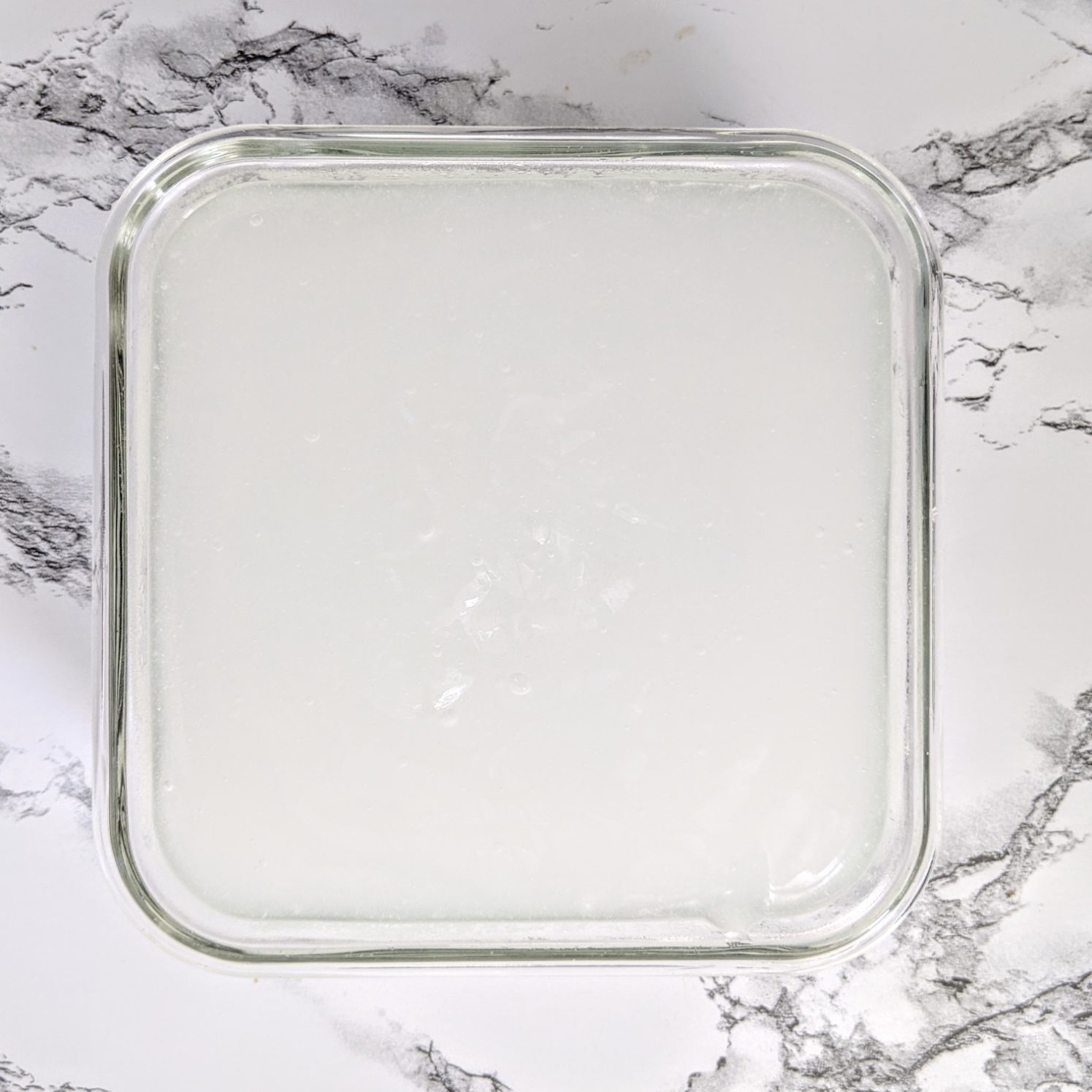
Unmold the jelly and cut it into your desired shape(s) (e.g. cubes, thick strips, or noodles).
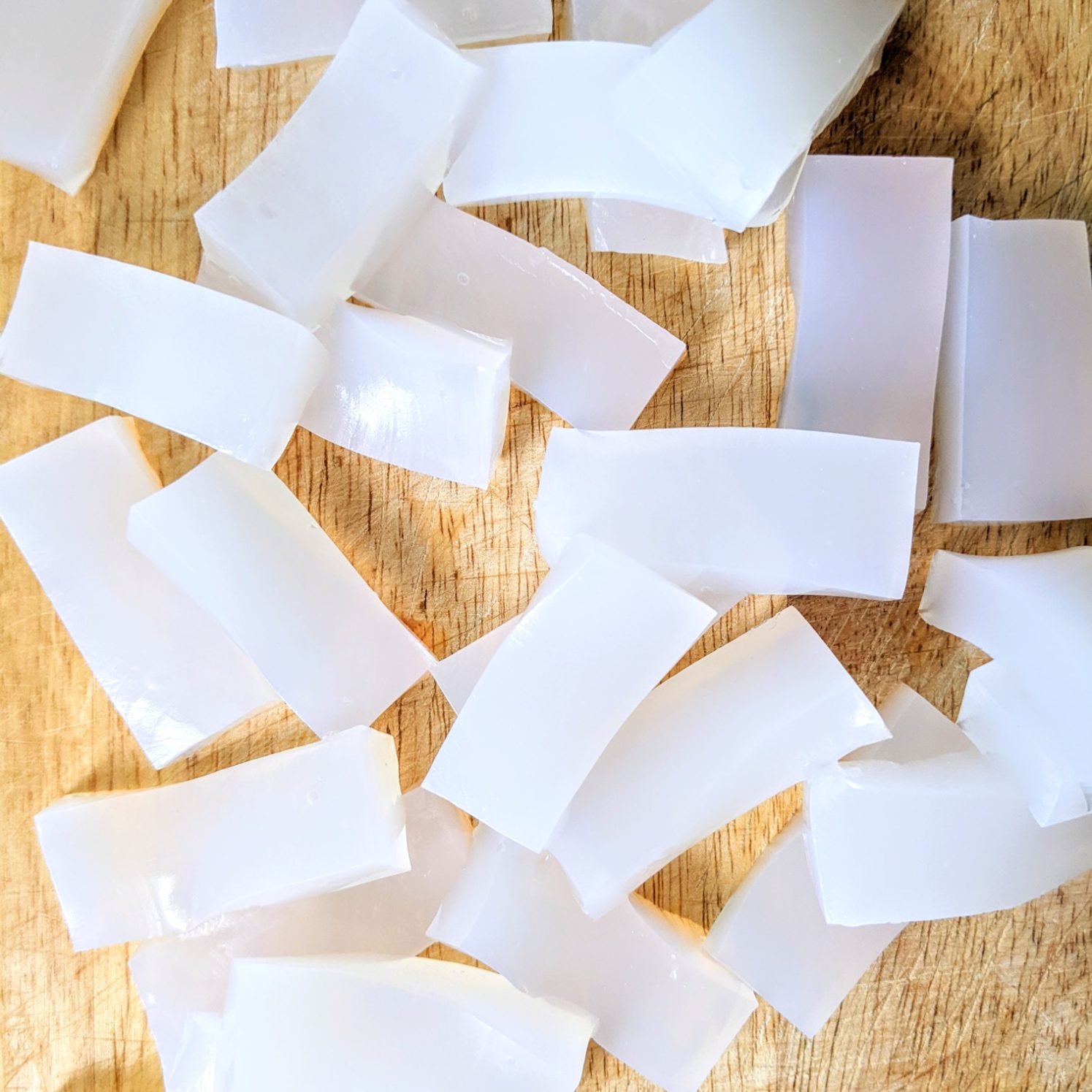
Mix the sauce ingredients together and pour over the jelly.

Top with your desired garnish(es). Serve the green bean starch noodles immediately!
